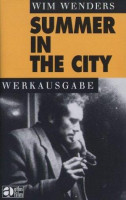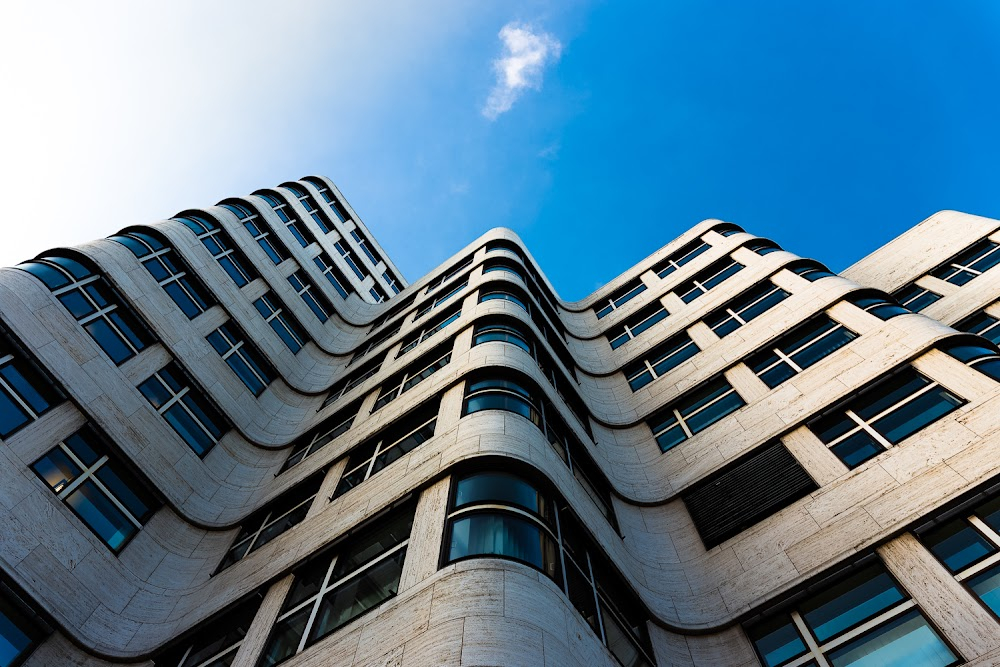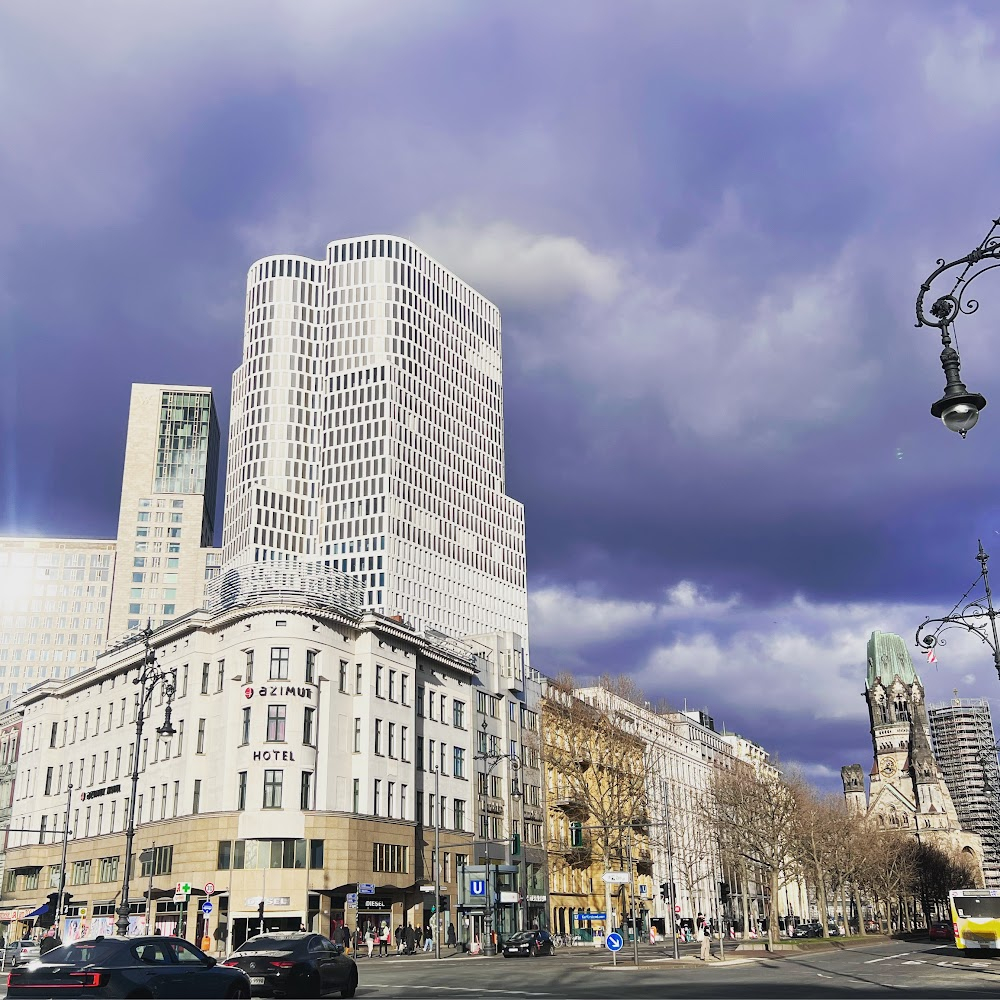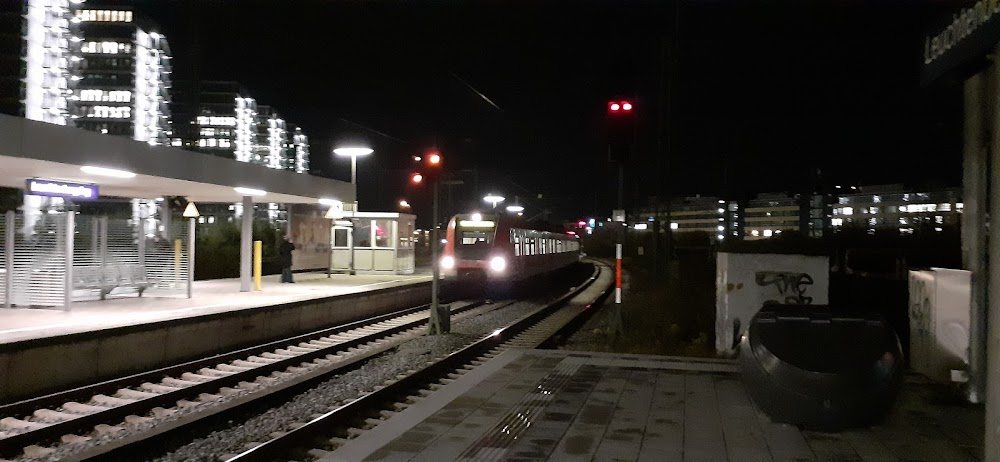Summer in the City Filming Locations

Where was Summer in the City filmed? Summer in the City was filmed in 14 locations across Germany in the following places:
Summer in the City Filming Locations
The central district of Tiergarten is known for the huge park of the same name, home to the Berlin zoo, the Victory Column with its winged statue and the lively, lakeside Café am Neuen See. To the south, galleries and designer shops around Potsdamer Strasse attract art lovers and in-the-know visitors. Bordering Potsdamer Platz, the Kulturforum includes several State Museums and the Berliner Philharmonie concert hall.
The central district of Tiergarten is known for the huge park of the same name, home to the Berlin zoo, the Victory Column with its winged statue and the lively, lakeside Café am Neuen See. To the south, galleries and designer shops around Potsdamer Strasse attract art lovers and in-the-know visitors. Bordering Potsdamer Platz, the Kulturforum includes several State Museums and the Berliner Philharmonie concert hall.
With elegant pre-war buildings and high-end boutiques, the western district of Charlottenburg is known for its upscale vibe. Shopping boulevard Kurfürstendamm (“Ku’damm”) is lined with hotels and department stores. Charlottenburg Palace and Park offer baroque interiors and landscaped gardens. Savignyplatz, a literary and performing arts hub pre-WWII, is now surrounded by Asian eateries drawing an international crowd.
Berlin, Germany’s capital, dates to the 13th century. Reminders of the city's turbulent 20th-century history include its Holocaust memorial and the Berlin Wall's graffitied remains. Divided during the Cold War, its 18th-century Brandenburg Gate has become a symbol of reunification. The city's also known for its art scene and modern landmarks like the gold-colored, swoop-roofed Berliner Philharmonie, built in 1963.
Germany is a Western European country with a landscape of forests, rivers, mountain ranges and North Sea beaches. It has over 2 millennia of history. Berlin, its capital, is home to art and nightlife scenes, the Brandenburg Gate and many sites relating to WWII. Munich is known for its Oktoberfest and beer halls, including the 16th-century Hofbräuhaus. Frankfurt, with its skyscrapers, houses the European Central Bank.
The district of Tempelhof is best known for the decommissioned Tempelhof Airport. Once the site of Nazi rallies and the Berlin Airlift, the airport is now a huge park with picnic areas, communal gardens and preserved runways attracting runners and cyclists. The quaint Fliegerviertel area has colorful row houses amid peaceful squares. In the south, ufaFabrik cultural center offers theater, concerts and dance.
Munich, Bavaria’s capital, is home to centuries-old buildings and numerous museums. The city is known for its annual Oktoberfest celebration and its beer halls, including the famed Hofbräuhaus, founded in 1589. In the Altstadt (Old Town), central Marienplatz square contains landmarks such as Neo-Gothic Neues Rathaus (town hall), with a popular glockenspiel show that chimes and reenacts stories from the 16th century.
Berlin, Germany’s capital, dates to the 13th century. Reminders of the city's turbulent 20th-century history include its Holocaust memorial and the Berlin Wall's graffitied remains. Divided during the Cold War, its 18th-century Brandenburg Gate has become a symbol of reunification. The city's also known for its art scene and modern landmarks like the gold-colored, swoop-roofed Berliner Philharmonie, built in 1963.
Summer in the City (1971)
Released from prison a man wanders through a new reality



